The Internet of Things (IoT) is a system of smart devices that connect through the internet. These devices use sensors and software to collect and share data. They can talk to each other, helping people and businesses work faster and smarter.
IoT Development has grown quickly in recent years. Better technology, faster networks, and smarter tools like artificial intelligence (AI) and machine learning (ML) are driving this growth.
As we move into 2025 and beyond, the future of IoT looks more exciting than ever. From smart cities that manage traffic to connected industries that boost efficiency, the possibilities are endless.
The Internet of Things is not just about devices—it’s about making life easier, work more efficient, and the world more connected.
So, what’s next for IoT? Let’s find out.
The Future of IoT
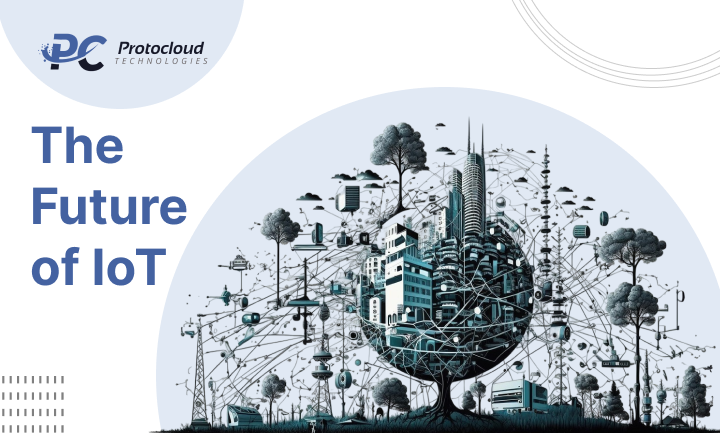
The Internet of Things (IoT) is growing faster than ever. Lower costs and better technology have made IoT Development easy to adopt for all types of businesses.
Today, IoT is a key part of digital transformation. Every company—small or large—uses IoT solutions to stay smart, efficient, and competitive.
Experts predict that more than 25 billion IoT devices will be active within the next few years. This rise shows how quickly the world is moving toward connected systems and smarter technology.
During the COVID-19 pandemic, IoT became a lifeline for many companies. It made remote monitoring and real-time data tracking possible. Businesses could stay productive and manage operations from anywhere.
By 2030, nearly 75% of all devices will use IoT. That means a world where homes, cars, farms, factories, and power systems all work together.
IoT is already everywhere:
- In manufacturing, it helps with predictive maintenance and automation.
- In agriculture, it improves crop health and water use.
- In energy, it reduces waste and tracks usage better.
With ongoing IoT Development, companies are creating smarter and more secure systems. The technology keeps evolving—offering new ways to save time, cut costs, and boost performance.
The future of IoT is clear: intelligent cities, efficient industries, and connected lives. It’s not just about gadgets. It’s about building a smarter, safer, and more connected world for everyone.
Top 10 IoT Trends and Predictions for 2025

The Internet of Things (IoT) is transforming every industry — from healthcare to logistics. With billions of IoT devices already connected worldwide, the next wave of IoT innovation is here.
By 2025, we’ll see more innovative devices, faster connections, and deeper AI and IoT integration. The future of IoT looks exciting — filled with opportunities for growth, automation, and sustainability. Let’s explore the top IoT trends 2025 that will shape industries and redefine digital transformation.
1. Digital Twins Take Over Industries
Digital twins are virtual replicas of physical assets. They help companies monitor, simulate, and improve processes in real time.
With better sensor technology and cheap connectivity, more industries will use digital twins in 2025. Expect to see this trend in manufacturing, supply chains, and logistics.
Businesses are already building stronger systems after the COVID-19 disruptions. For example, Ansys Inc. teamed up with Microsoft Azure to deliver more efficient digital twin solutions. Meanwhile, Twinify and the Digital Twin Consortium are setting global standards to make this technology scalable.
Why it matters: Digital twins reduce downtime, improve efficiency, and help businesses save costs through better insights.
2. AI and IoT: The Perfect Match
The rise of artificial intelligence in IoT is unlocking massive potential. IoT analytics offers detailed insights into performance, operations, and customer behaviour.
By integrating machine learning in IoT, companies can automate processes, improve accuracy, and make faster decisions. Edge computing is making this even better by enabling IoT edge processing—where data is analysed close to the device instead of a remote cloud.
We’ve already seen predictive maintenance becoming a norm. In IoT in manufacturing, assembly, logistics, and fleet management, AI-driven automation is increasing productivity.
Pro tip: Companies investing in AI-powered IoT development are staying ahead in innovation and scalability.
3. New Sensor Technology is Revolutionising IoT
Sensors are the heart of the Internet of Things. And 2025 will bring exciting upgrades.
Gartner predicts big leaps in new sensor technology — with reduced costs and more intelligent algorithms. Expect innovation in long-range Lidars, magnetometers, pressure sensors, and AI-based sensor systems.
At CES 2025, Bosch will unveil cutting-edge IoT sensors for autonomous vehicles. Other companies are launching sensors that can track driver behaviour, vehicle performance, and fleet data.
In IoT in agriculture, Himax Technologies and Seeed Studio are developing LoRaWAN Vision AI sensors to boost smart farming.
These innovations will make IoT solutions more affordable and accessible to businesses of all sizes.
4. 5G Connected Cars and IoT
5G and IoT together are changing everything. While 5G rolled out in select areas earlier, 2025 will see broader adoption and improved stability. This will supercharge connected cars and autonomous vehicles.
Telecom giants like AT&T are already teaming up with BMW and Polaris to provide vehicle-to-vehicle communication. Their NumberSync plan even allows calls directly from cars—without a phone.
With faster connections, we’ll see better ADAS systems, improved traffic safety, and more intelligent IoT applications in transportation.
5. Chip-Level Innovation in IoT Devices
IoT chip innovation is the next frontier. For years, most progress has happened in software and sensors. Now, hardware is catching up. The growing demand for edge computing and AI integration is pushing chip makers to design specialised IoT processors.
By 2025, expect low-power chips that can handle neural networks and AI tasks locally. These chips will enhance IoT development by improving energy efficiency and response times.
Governments and companies are working to solve chip shortages and keep the IoT market growing.
6. IoT in Healthcare: Smarter and More Connected
The IoT in the healthcare sector is booming. From wearable IoT devices like smartwatches to connected medical tools, the healthcare industry is becoming more digital.
According to analysts, the IoT healthcare devices market could hit $267 billion by 2026. In 2025, expect new sensors that can monitor advanced health metrics like blood oxygen, glucose levels, and even stress indicators.
The rise of virtual hospital wards is another exciting development. Doctors can now monitor patients remotely, reducing hospital stays and improving patient care.
IoT applications in healthcare are not just innovative—they’re lifesaving.
7. Ethical and Privacy Concerns in IoT
With excellent connectivity comes great responsibility.As the IoT market grows, so do concerns about IoT privacy, data security, and ethical use.
The last few years have exposed vulnerabilities. For instance, Ring doorbells were found sharing data with law enforcement without user consent. This has triggered a global debate about IoT data management and user rights.
Governments are responding. The EU’s Digital Services Act, new FTC regulations, and California privacy laws are setting strict rules for IoT regulations 2025.
The takeaway: Ethical IoT adoption will become a key factor in brand trust and consumer loyalty.
8. IoT for Sustainability and Climate Change
Sustainability through IoT is one of the most promising global trends.
Companies are leveraging IoT solutions to reduce their carbon footprint. From smart buildings and smart grids to precision agriculture, IoT is leading the green tech revolution.
By 2025, organisations will use predictive maintenance and energy-efficient IoT devices to cut waste and costs.
Smart grids will enhance renewable energy management, while smart buildings will optimize resource use. The IoT impact on industries will go far beyond profit—it will help protect the planet.
9. 6G Research and the Future of Connectivity
Yes, 6G and IoT are already in the works. While 5G is still expanding, 6G research is moving fast. This next-gen network will bring ultra-low latency, faster data speeds, and more reliable IoT connectivity.
Tech leaders like Samsung have already published their 6G white papers, outlining futuristic IoT applications and research goals.
By 2025, we’ll see the first 6G prototypes, paving the way for the next decade of IoT innovation.
10. Quantum Computing Meets IoT
Quantum computing and IoT could change technology forever. Although still in its early stages, quantum technology will boost IoT analytics and data processing. It can handle complex tasks like supply chain optimisation, security enhancement, and large-scale IoT data management faster than ever.
By 2025, companies will begin experimenting with quantum-powered IoT systems to gain competitive advantages and more intelligent insights.
The result? Faster decisions, better predictions, and a massive leap in global IoT development.
Final Thoughts
The future of IoT app development is constantly changing. It’s filled with new IoT opportunities, fresh ideas, and growing responsibilities. The world of IoT development keeps moving fast, creating endless ways to improve how we live and work.
Modern IoT developers now focus on more than just making apps. They build innovative solutions that connect people, devices, and data. With advanced IoT technology, they’re driving a massive digital transformation in every industry.
The next phase of IoT development is all about integration, creativity, and ethics—each piece of code matters. In today’s world of connected devices, even a minor update can lead to massive IoT growth, more intelligent systems, and powerful IoT transformation.
FAQs
1. What is the Future Trend in IoT?
The future of IoT is full of opportunities. With edge computing, 5G connectivity, and AI integration, the Internet of Things is evolving fast. Add blockchain security, industry-specific IoT solutions, and sustainability, and we get more innovative systems built for a connected world. These IoT trends will power digital growth and help businesses move toward complete IoT Development.
2. What is the Future Application of IoT?
IoT Development will change how industries work. From smart cities and industrial automation to healthcare IoT, agriculture IoT, retail IoT, smart homes, and transportation IoT, it’s everywhere. These IoT applications boost efficiency, drive innovation, and make life simpler and smarter.
3. What are the Major Technologies in IoT?
Key IoT technologies include IoT sensors, Wi-Fi, Bluetooth, IoT platforms, cloud computing, edge computing, AI/ML, and blockchain security. Together, they support IoT communication, data processing, and automation across the IoT ecosystem.
4. What are the Four Components of IoT?
The four main IoT components are:
- Devices and sensors for IoT data collection
- Connectivity for reliable IoT communication
- Data processing and analytics for insights
- Applications and services for clever use
All these work together to make IoT Development powerful—driving more intelligent decisions and complete business transformation through IoT.





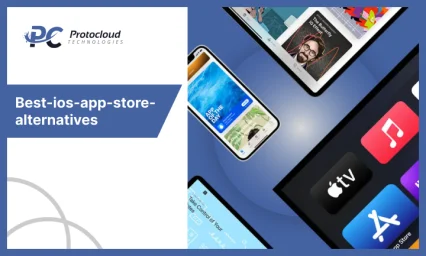

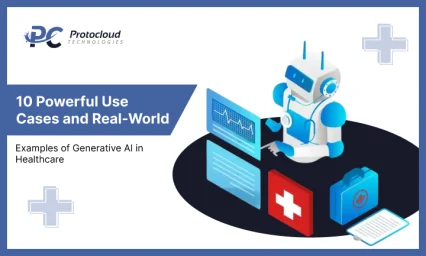





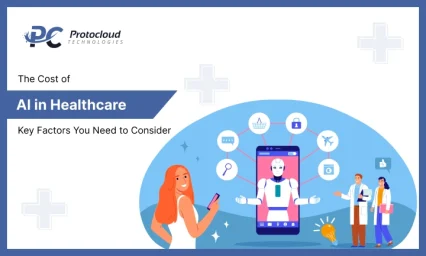

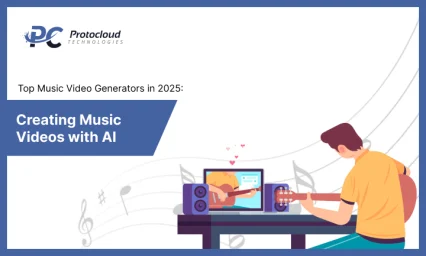
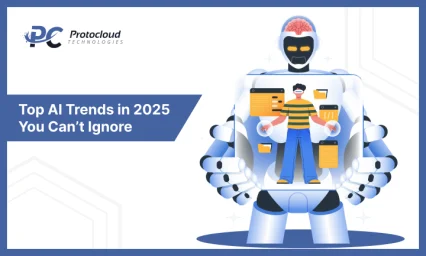
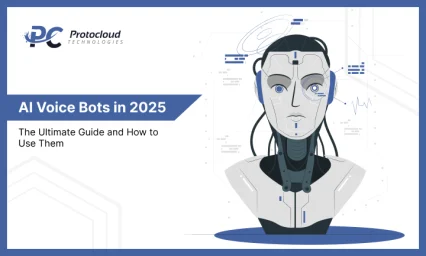
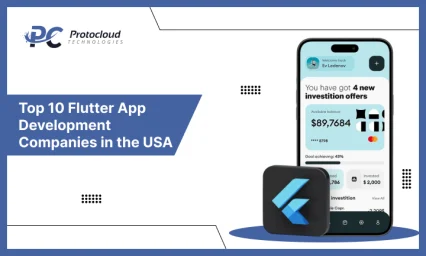
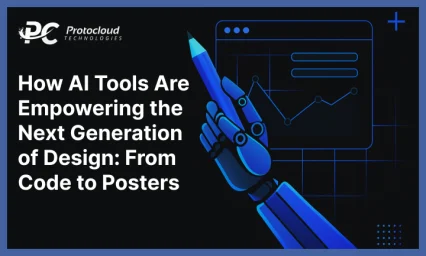

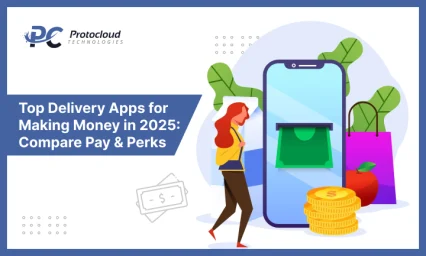

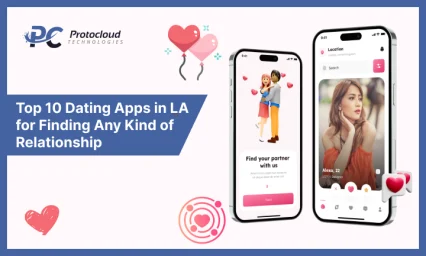



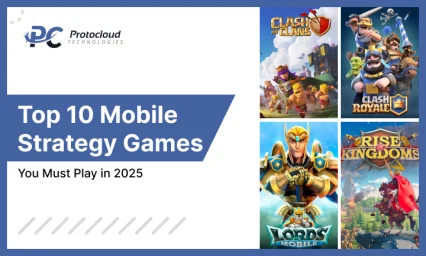
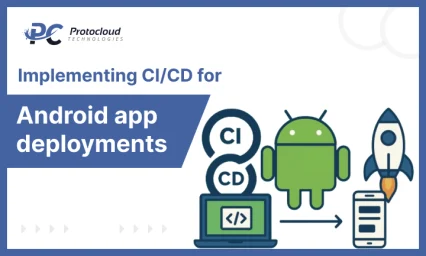


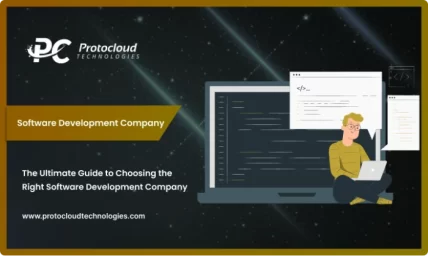
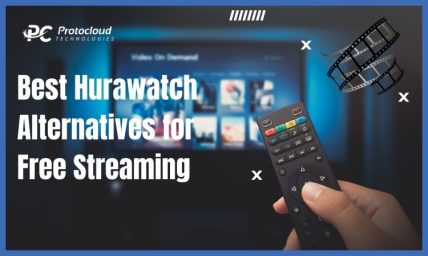
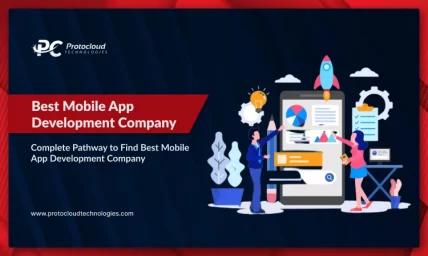
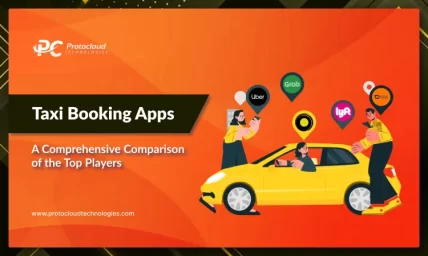


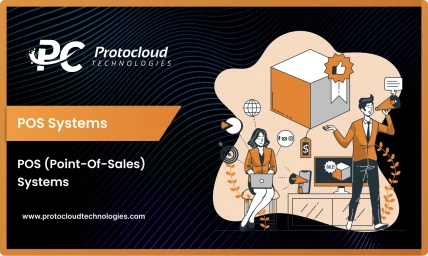

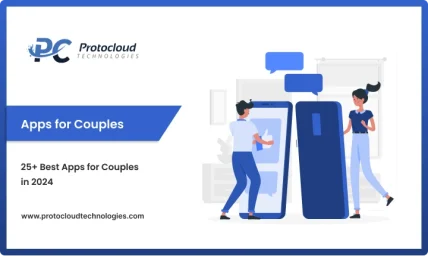

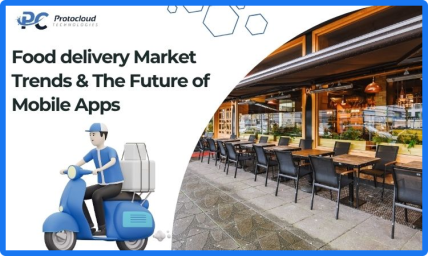
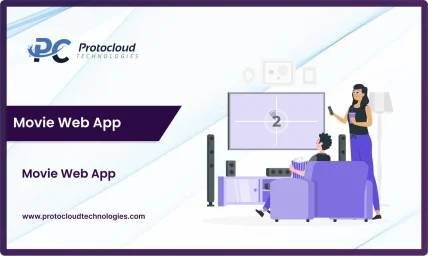

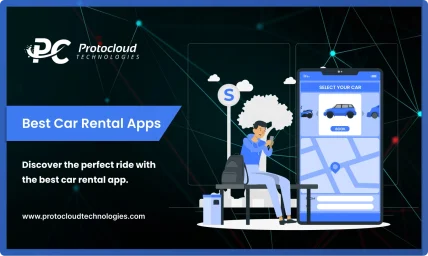


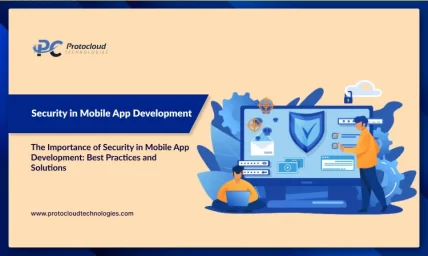
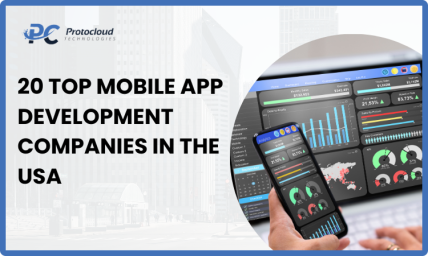
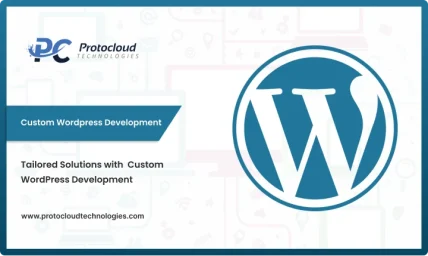



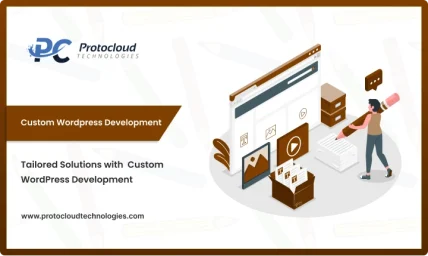
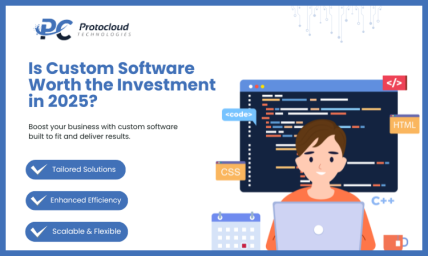


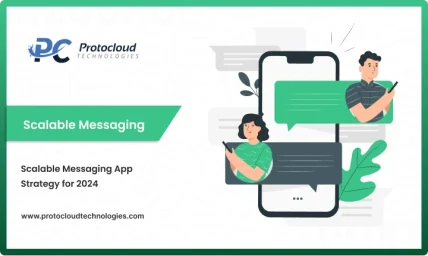


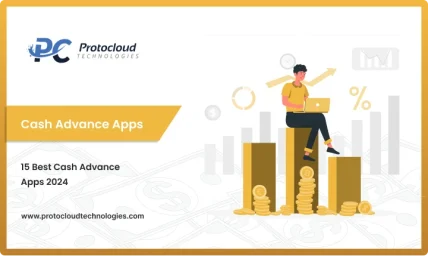
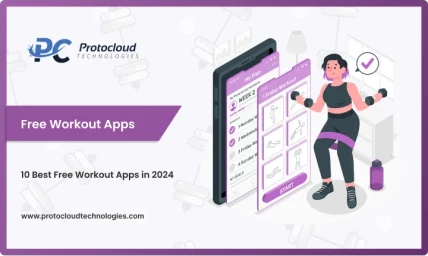




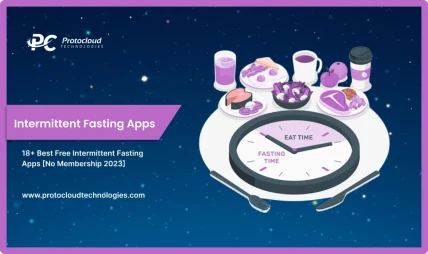
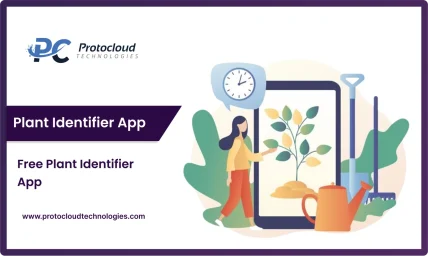
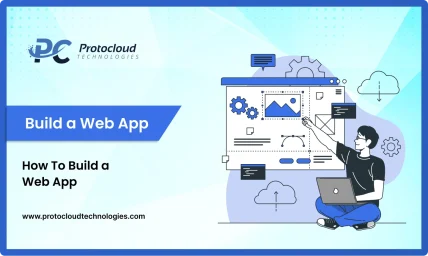

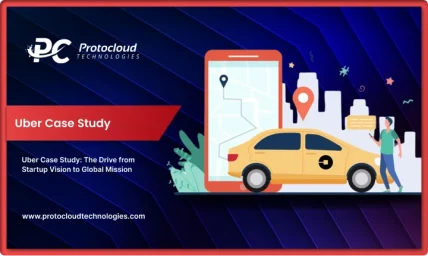
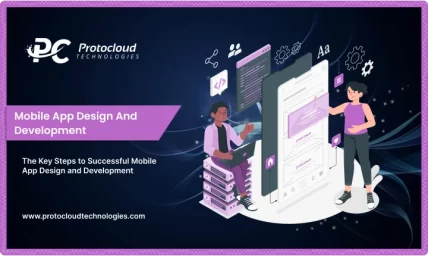

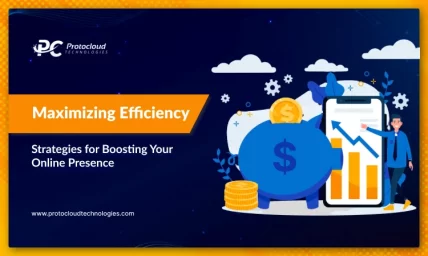
Leave a Reply